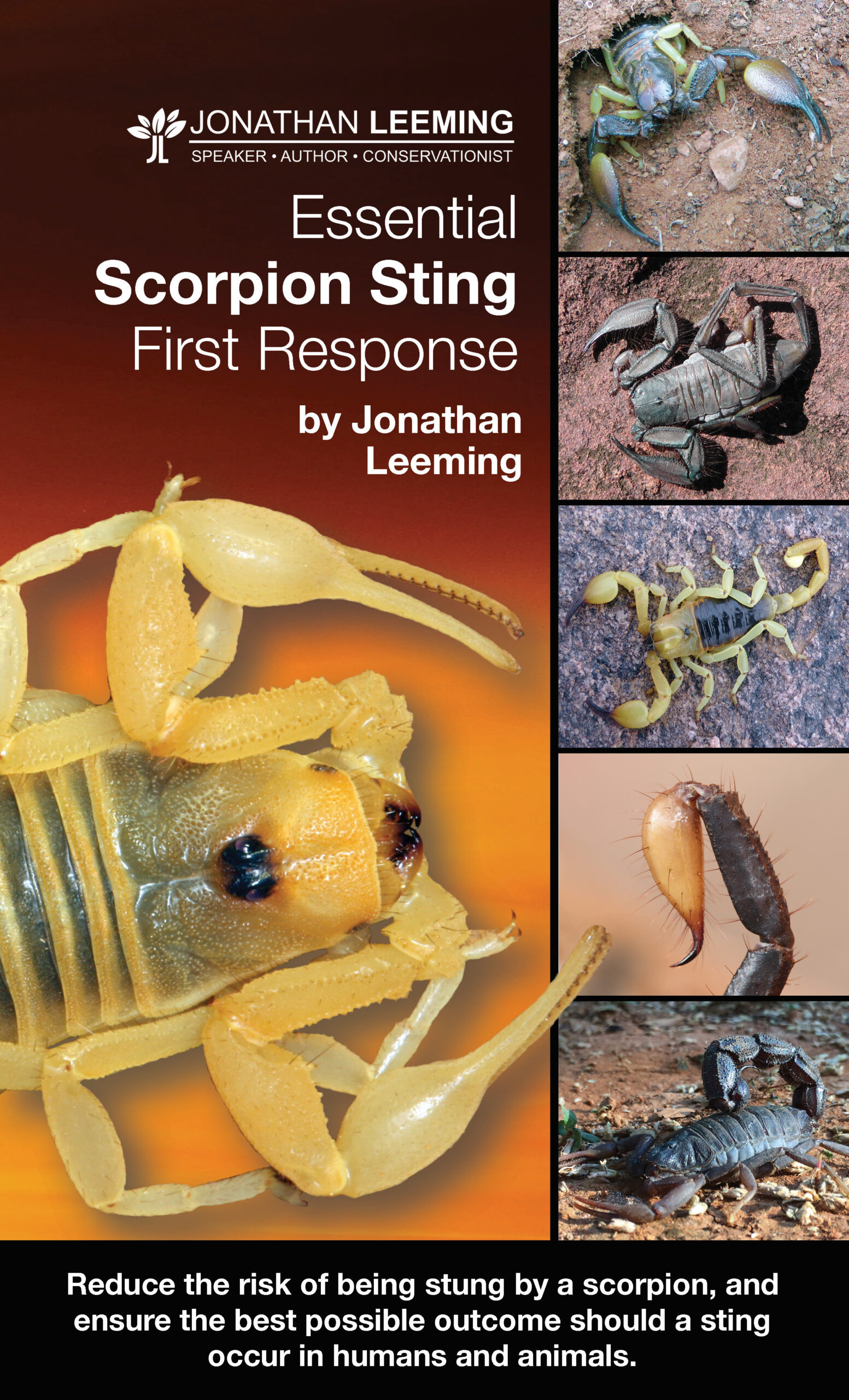Scorpions are iconic and truly enigmatic creatures, more recognisable than any Hollywood movie star, yet the average person knows very little about them. Their reputation is steeped in mystery, misinformation and old wives tales, with mankind morbidly fixated upon just one aspect of their natural history; their venom.
A consequence of this fixation, is how scorpion sting first response suffers from emotionally loaded terminology, outdated values and beliefs, safari science, and ineffective and harmful first aid techniques.
With all of these challenges, it is easy to understand why so many people incorrectly believe that the smaller scorpions are more venomous than larger scorpions, or the red ones are more venomous than the black ones. Why so many people believe that applying lemons, tomatoes, vinegar, milk, drinking petrol or alcohol, or electrocuting, burning or cutting the sting site or using a suction device, are effective at treating a scorpion sting, yet none of these are even remotely effective. Why people believe that planting lavender, mint, garlic, or pouring petrol, urine or acid is going to deter scorpions from an area, when they have no influence on scorpion activity.
In the 1960’s, medical research using laboratory animals, scratched the surface as to the secrets of venoms, and how they work. During these early studies, the symptoms experienced by these animals were transcribed onto human physiology, and our baseline understanding developed.
Today’s research is conducted in a profoundly different way, as it is based upon data collected by poison information helplines, using actual incidences of human envenomation and outcomes on a case by case basis. The details of patients who have been bitten or stung by venomous animals are recorded, collated and stored. The circumstances of the incident, prognosis, treatment and outcome of the patient are recorded in detail. The analysis of thousands of incidences and decades worth of data is providing a new understanding that is questioning much of what we previously understood.
This data is redefining how we treat scorpion stings and how to reduce the burden of scorpion sting in Southern Africa. From this data we can identify trends such as when people and animals are stung, which species are high risk and where these high risk species occur, timelines linked to symptoms, the effectiveness of antivenom (if available), factors that influence symptoms severity, and how to reduce the risk of being stung.
By applying this new understanding, I've developed a new innovative framework that is disrupting the current mindset, and replacing it with new ideology. An integrated approach that is based upon the latest science and more than 20 years of experience assisting medical professionals, patients, presenting at conferences and working with scorpions in Southern Africa.


This book offers a new and innovative first response framework that is based upon the latest science, is easy to understand and put into practice. It will reduce the burden of scorpion stings across Southern Africa by answering two very important questions: 1) How can you reduce the chance of being stung by a scorpion. 2) If a sting does occur, how can you ensure the best possible outcome for stings in humans and animals.
I'm on a mission to reduce the burden of spider bites and scorpion stings across Southern Africa!
Newsletter | Public Events | Books & Workbooks | Presentations | Activities |Professional Development | Shop

